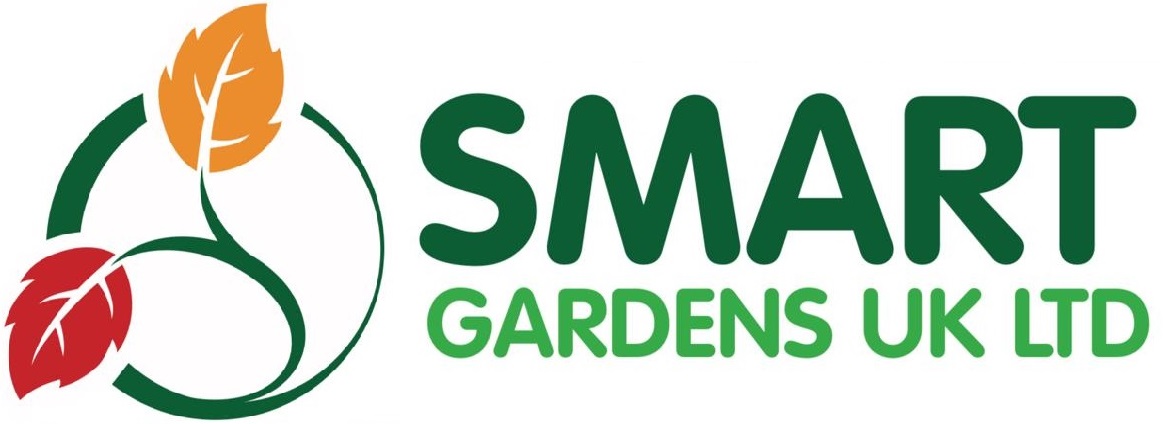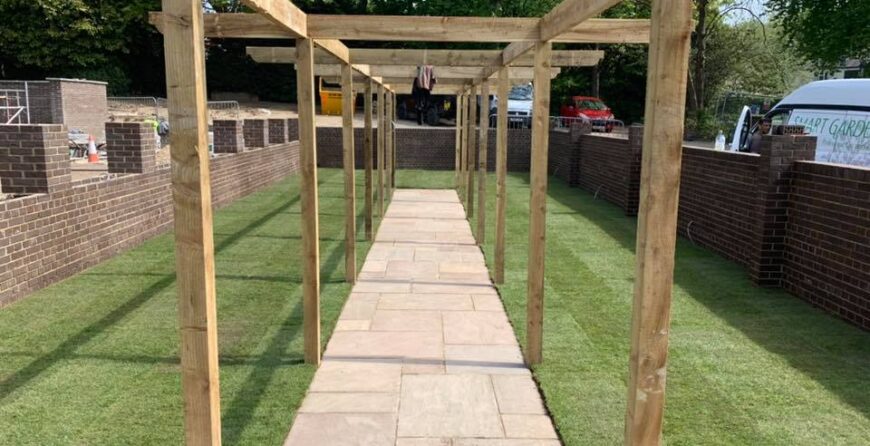Sustainable Landscaping Solutions for Commercial Properties: Eco-Friendly Practices for a Greener Future
Introduction
In today’s world, where environmental concerns are at the forefront of discussions, it is crucial for businesses to adopt sustainable practices. One area where commercial properties can make a significant impact is in their landscaping. By implementing eco-friendly practices, commercial properties can not only contribute to a greener future but also enhance their brand image and attract environmentally conscious customers. In this article, we will explore sustainable landscaping solutions for commercial properties, highlighting the benefits and providing practical tips for implementation.
1. Native Plants and Drought-Tolerant Landscaping
One of the most effective ways to create a sustainable landscape is by incorporating native plants and adopting drought-tolerant landscaping techniques. Native plants are well-adapted to the local climate and require minimal water, fertilizers, and pesticides. By using native plants, commercial properties can reduce water consumption and minimize the need for chemical inputs, thus promoting a healthier ecosystem.
Additionally, implementing drought-tolerant landscaping techniques such as xeriscaping can further reduce water usage. Xeriscaping involves designing landscapes that require little to no irrigation, relying on natural rainfall and water conservation methods instead. This not only saves water but also reduces maintenance costs for commercial properties.
2. Rainwater Harvesting and Irrigation Systems
Another sustainable landscaping solution for commercial properties is the implementation of rainwater harvesting systems. Rainwater harvesting involves collecting and storing rainwater for later use in irrigation. By capturing rainwater, commercial properties can reduce their reliance on municipal water sources, conserve water, and lower their water bills.
In addition to rainwater harvesting, installing efficient irrigation systems can further optimize water usage. Smart irrigation systems utilize sensors and weather data to adjust watering schedules based on actual plant needs, preventing overwatering and reducing water waste. These systems can be programmed to water during non-peak hours to minimize evaporation and ensure maximum water absorption.
3. Permeable Paving and Green Roofs
To minimize the environmental impact of hardscapes, commercial properties can opt for permeable paving solutions. Permeable paving allows rainwater to infiltrate the ground, reducing stormwater runoff and preventing water pollution. This sustainable alternative to traditional pavement also helps replenish groundwater levels and promotes healthier soil.
Another innovative sustainable landscaping solution is the implementation of green roofs. Green roofs involve covering the roof surface with vegetation, providing numerous environmental benefits. Green roofs improve air quality, reduce energy consumption by insulating buildings, mitigate the urban heat island effect, and create habitats for birds and insects. Commercial properties can transform their rooftops into green spaces, contributing to a greener future while enhancing the aesthetic appeal of their buildings.
4. Integrated Pest Management
Commercial properties often face pest control challenges, but traditional pesticide use can have detrimental effects on the environment. Integrated Pest Management (IPM) offers a sustainable approach to pest control, focusing on prevention, monitoring, and targeted treatments. By implementing IPM practices, commercial properties can minimize pesticide use, protect beneficial insects, and maintain a healthy balance in the ecosystem.
IPM strategies include regular inspections, proper sanitation, biological controls, and the use of least-toxic pesticides as a last resort. By adopting IPM, commercial properties can effectively manage pests while minimizing their environmental impact.
5. Renewable Energy Integration
To further enhance sustainability efforts, commercial properties can integrate renewable energy sources into their landscaping. Solar panels can be installed on rooftops or in open areas to generate clean energy, reducing reliance on fossil fuels and lowering carbon emissions. Solar-powered lighting systems can also be used to illuminate pathways and outdoor areas, providing a sustainable and cost-effective lighting solution.
Conclusion
Sustainable landscaping solutions for commercial properties offer numerous benefits, ranging from environmental conservation to cost savings and improved brand image. By incorporating native plants, implementing rainwater harvesting and efficient irrigation systems, opting for permeable paving and green roofs, adopting integrated pest management practices, and integrating renewable energy sources, commercial properties can contribute to a greener future while reaping the rewards of sustainable practices. Embracing eco-friendly landscaping not only aligns businesses with environmental values but also attracts environmentally conscious customers who prioritize sustainability. It’s time for commercial properties to take the lead in creating a greener future through sustainable landscaping solutions.


